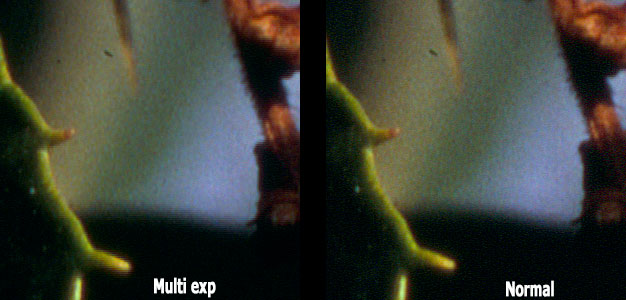

The weird thing is, I have a couple of camera’s that space perfectly, but they still don’t line up perfectly with the holder. I guess they’re there to hold the film flat, but the downside is that the spacing of your camera has to be perfect so that the photos align perfectly. The downside of the film strip holder is that it has these vertical pieces of plastic in between each frame. The latter is a bit fiddly, but you get used to it after a few tries. The first thing you do is loading up the film-holders with either framed slides or strips of 6 negatives. * = Only applicable for the particular model I bought Most of these point are applicable to all models: PROS Pros and Cons of the 8100 with Silverfast 8 Otherwise, you’ll have to spend money on that too: If you’re planning to pick up a second hand model like me, make sure if comes with a SilverFast license. In the end, I didn’t get the 7000-series, because those are ancient fossils by now and didn’t want to spend a lot of money on the newest model either. I wasn’t aiming for perfection, just a quick and easy way to scan my negatives.

#Silverfast srdx vs isrd manual#
I would have bought one of those if I could find a cheap one at the time, but I wanted to save costs and don’t mind a bit of manual dust removal in Lightroom or Photoshop.

The ones with an “i” in the model-number have an infrared channel, which make use of the iSRD (Infrared Dust and Scratch Removal) feature in SilverFast. There are various models of these scanners, most notably the 7000-series, the 8000-series and the newer OpticFilm 135 and 120 models. Which one you end up choosing is completely up to you. There are newer models, with newer SilverFast software.
#Silverfast srdx vs isrd software#
This also came with the scanning software SilverFast 8. In this article, I’ll be using my Plustek 8100, which I’ve picked up second hand for 140 euros (170 USD) a few months ago. One relatively cheap alternative is using a Plustek scanner, which will give you great results. But that set-up is a bit fiddly and cumbersome if you want to get consistent results. We’ve already covered digitizing negatives with your digital camera in a previous posts, which is a great way to save costs if you already own a digital camera. Today we take a quick look at the pros and cons of using a Plustek scanner (in this case, the Plustek 8100), see how it works and why I enjoy scanning with it despite the shitty software.


 0 kommentar(er)
0 kommentar(er)
